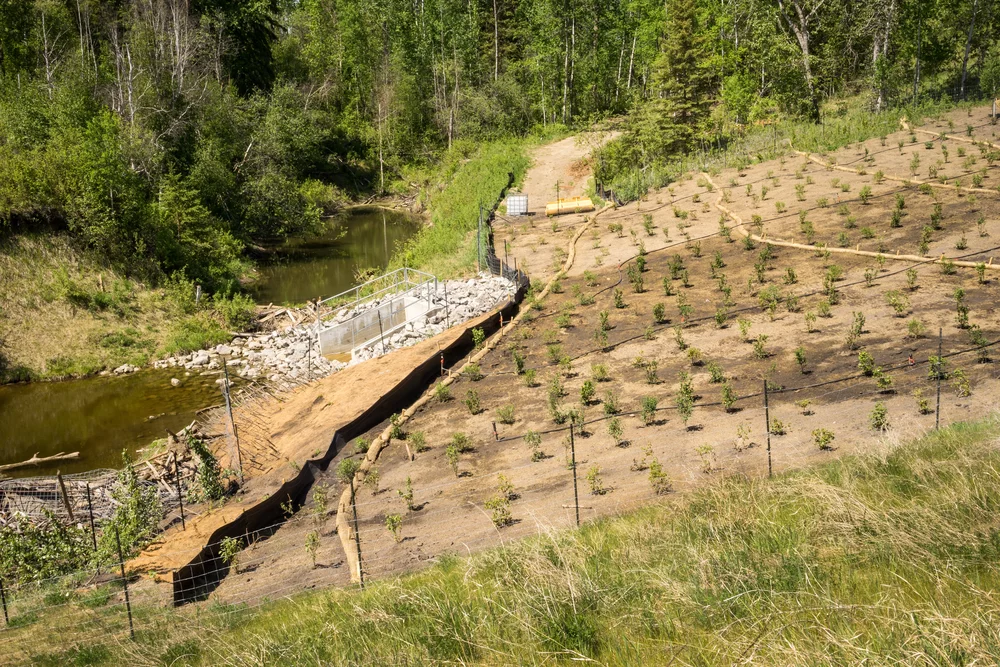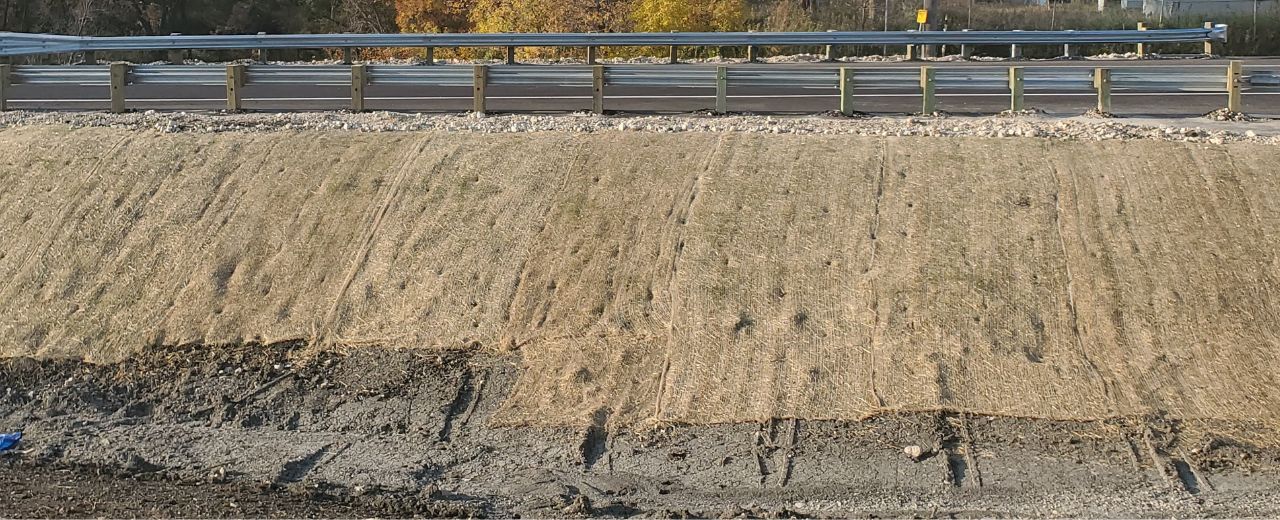Silt Fences: Your First Line of Defense Against Erosion
Wiki Article
Best Practices for Disintegration Control in Building And Construction Projects
Are you working with a construction project and worried regarding disintegration control? Look no more! In this short article, we will certainly lead you via the most effective practices for avoiding disintegration on your site. You'll discover 5 essential strategies, efficient sediment and runoff management techniques, essential factors to consider for incline stablizing, and ideas for shielding plant life and dirt. We'll also explore the relevance of executing proper drainage systems. Get ready to tackle erosion head-on and ensure the success of your building project.5 Essential Disintegration Control Strategies

To effectively manage erosion on your building and construction website, you'll require to apply crucial techniques such as incline stablizing and debris control measures. Slope stablizing is important in stopping dirt disintegration on high slopes. One more reliable technique is the usage of erosion control blankets or mats, which are placed on the slope and assistance maintain soil bits while enabling plants to grow.
Reliable Debris and Overflow Management

You can properly manage sediment and runoff in your building project by implementing correct disintegration control procedures. Sediment and overflow management is critical to avoid erosion and secure the surrounding setting. One reliable step is the setup of silt fences along the border of the building and construction site. These fences assist to consist of debris and stop it from getting in close-by water bodies. One more essential method is the implementation of disintegration control coverings or mats. These coverings offer a protective layer on bare dirt, decreasing the impact of rains and avoiding disintegration. Additionally, the usage of sediment basins or debris traps can aid to capture debris and avoid it from entering stormwater systems. Routine maintenance of these steps is necessary to ensure their performance throughout the construction task. This includes inspecting and cleansing debris basins and consistently changing silt fencings and erosion control coverings as needed. By implementing these disintegration control measures, you can efficiently manage sediment and drainage in your building project, minimizing the influence on the environment and adhering to governing needs.
Trick Considerations for Slope Stablizing
You need to thoroughly take a look at the slope's qualities, such as its angle, structure, and drain patterns. Look for signs of erosion, such as revealed roots, cracks, or down dirt.One more option is to grow plants on the incline, as the roots can assist secure the soil and control erosion. Additionally, setting up Memphis Erosion Control Solutions silt fences disintegration control coverings or mats can offer prompt security while plants comes to be well-known.
It's critical to on a regular basis monitor the supported inclines to guarantee their performance. Keep an eye out for erosion control any kind of signs of motion or disintegration, and take prompt activity if necessary. Regular upkeep, such as examining and fixing any kind of broken actions, is also necessary to ensure long-term security.
Ideal Practices for Vegetation and Soil Defense
One effective method to protect plant life and dirt on inclines is by regularly checking for indications of erosion and taking instant activity if required. Start by evaluating the slope for any kind of indications of disintegration, such as exposed origins, bare dirt patches, or sediment accumulation at the base. Implement disintegration control measures such as setting up disintegration control blankets, mulching, or even constructing preserving walls if required.Carrying Out Correct Drainage Equipments
When it comes to managing water flow and avoiding erosion, recognizing these elements is essential. Steeper inclines can lead to much faster water circulation, boosting the danger of erosion and flooding. On the various other hand, gentler inclines permit water to stream extra gradually, minimizing disintegration capacity.Sandy dirts have a tendency to drain faster due to their rugged structure, while clay dirts have a slower drainage price due to their small nature. Furthermore, taking hydroseeding into consideration the soil features assists stop waterlogging, which can lead to bad plant growth and damages to structures.
Verdict
Finally, when it involves erosion control in building tasks, you should follow these finest practices. Apply efficient sediment and drainage administration techniques to stop contamination. Take into consideration slope stabilization techniques to make certain the stability of the website. Secure greenery and dirt by utilizing ideal steps. Establish correct drainage systems to manage water flow (erosion control). By following these necessary practices, you can efficiently control disintegration and ensure the success of your building task.To efficiently manage erosion on your building site, you'll need to carry out crucial strategies such as slope stablizing and sediment control steps. Incline stablizing is important in preventing dirt disintegration on steep inclines. One more reliable technique is the usage of disintegration control blankets or floor coverings, which are positioned on the slope and assistance retain dirt bits while permitting plant life to expand. An additional option is to plant plants on the slope, as the origins can help secure the dirt and control disintegration. Implement disintegration control steps such as setting up erosion control coverings, mulching, or even creating retaining wall surfaces if required.
Report this wiki page